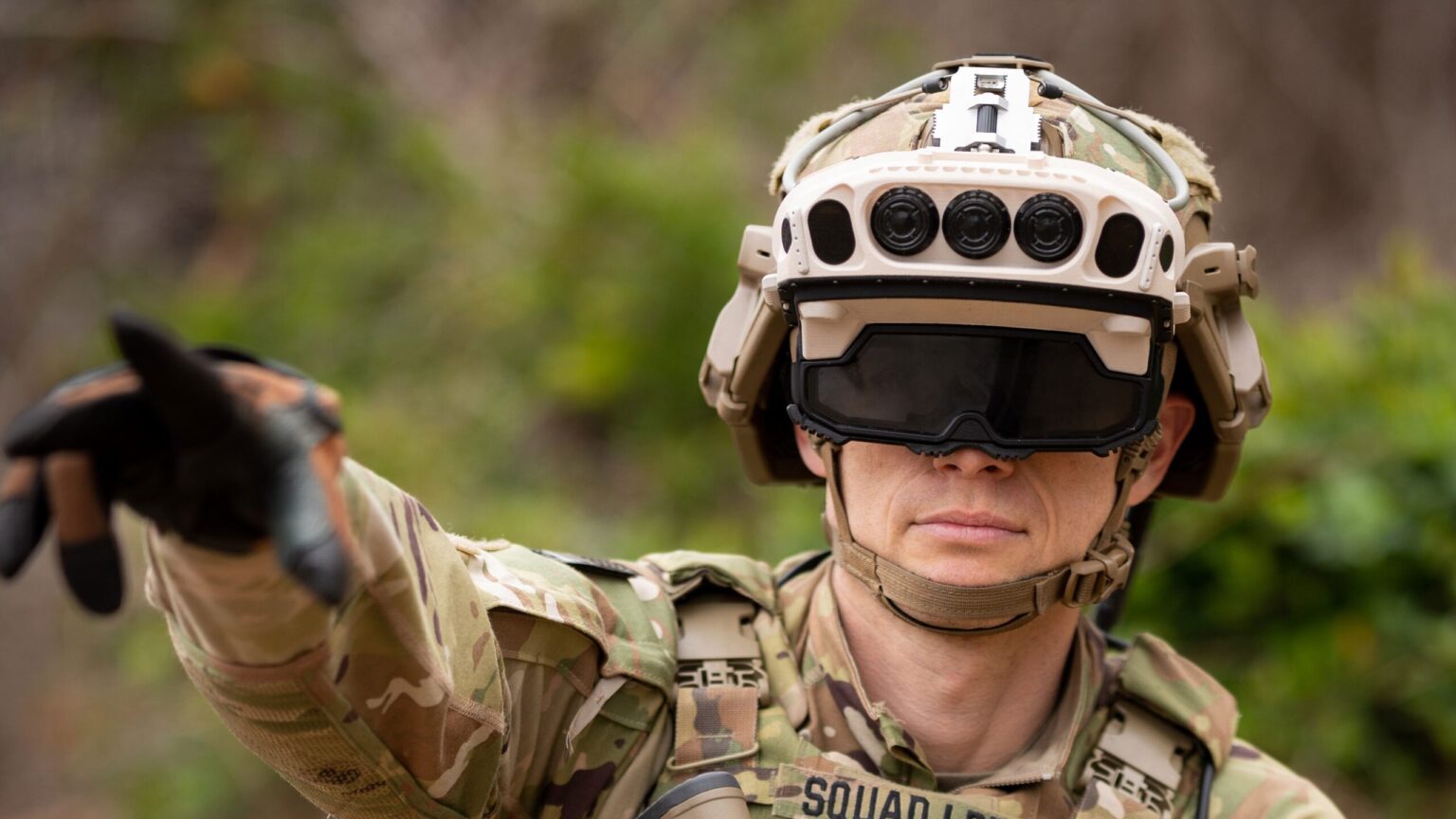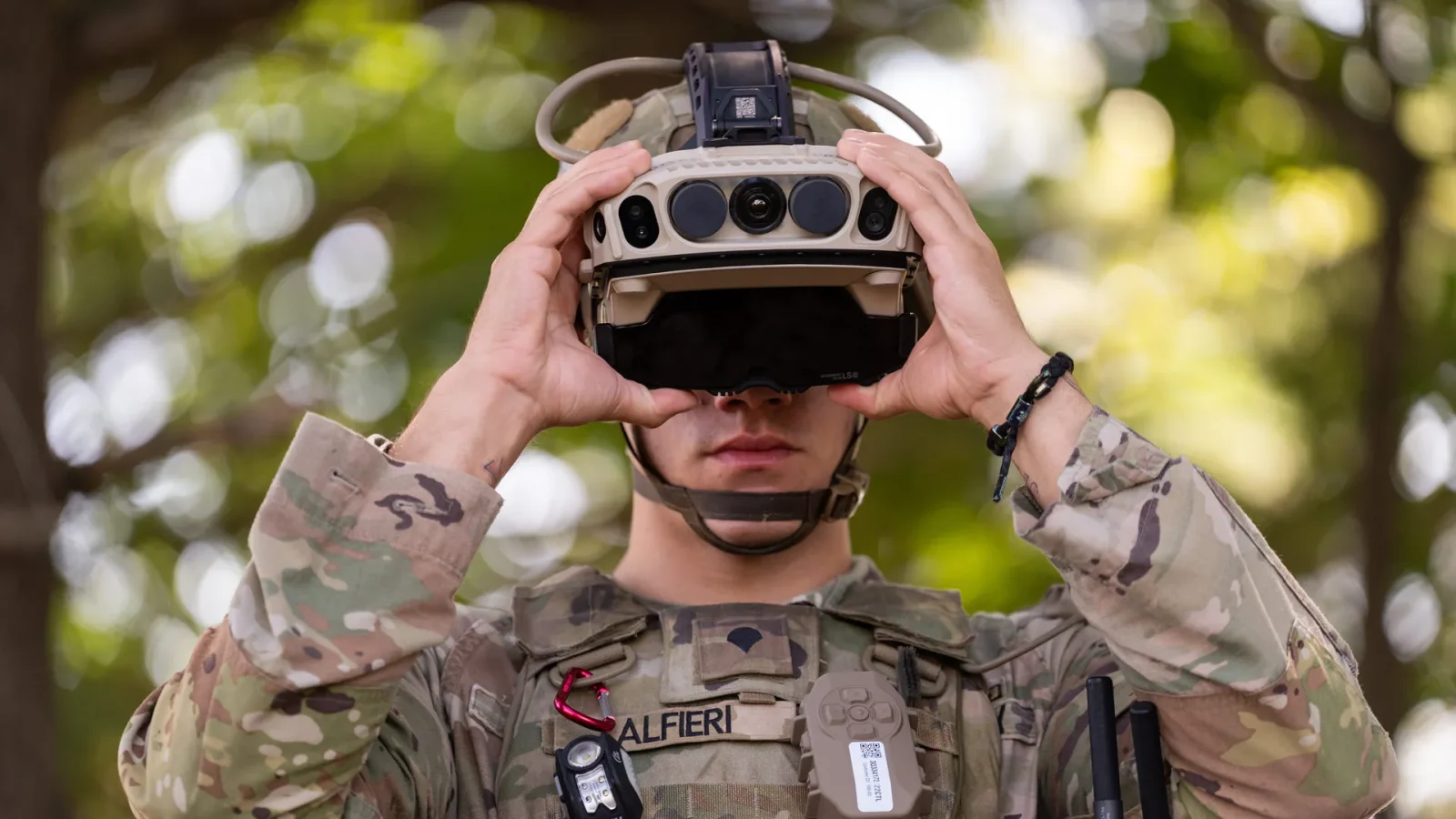The journey of Microsoft’s HoloLens-based goggles for the U.S. Army, known as the Integrated Visual Augmentation Systems (IVAS), has been fraught with challenges. After beginning the prototyping phase in 2018, Microsoft secured a $480 million contract to produce 100,000 units.
Although significant advancements have been made to address earlier hardware and software issues, the current price of $80,000 per unit presents a significant barrier, with the Army emphasizing the need for costs to be “substantially less” for the project to proceed.
The initial contract for the IVAS was expanded in March 2021, potentially increasing its value to $21.9 billion over a decade, which included provisions for finalized production versions and ongoing support. The Army placed an initial order for 5,000 units, valued at $373 million, with expectations to deliver a total of 121,000 units. Despite these commitments, the rollout has been delayed, moving from fiscal year 2021 to 2022, as the Army continues to evaluate the project’s feasibility and effectiveness.
Throughout this process, various issues have surfaced, leading to increased scrutiny from the Department of Defense. Concerns were raised regarding the potential waste of taxpayer money, compounded by reports from Army testers indicating safety risks associated with the headsets.

Specifically, the goggles emit light that could compromise soldier safety by revealing their position to enemy forces. Additionally, testers reported significant discomfort, including headaches and nausea, with many experiencing symptoms after just a few hours of use.
To address these challenges, the Army has been testing a slimmer prototype of the IVAS headset that aims to resolve previous complaints. Doug Bush, the Army acquisition chief, stated that pricing will be crucial in decisions about moving to full production next year. Currently, approximately $41,824 of the headset’s cost is attributed to components such as the heads-up display and battery, alongside other program management and support expenses.
Microsoft is actively seeking ways to reduce costs to meet the Army’s pricing goals. Robin Seiler, Microsoft’s corporate vice president for Mixed Reality, emphasized the complexity of the system and the need to examine costs at various levels, including components and supply chain logistics.
The IVAS goggles integrate cutting-edge technologies such as night vision and thermal sensors, leveraging Microsoft Azure for augmented reality functionalities. As Microsoft ceases production of the HoloLens 2 with no plans for a successor, the focus remains on ensuring the IVAS project succeeds despite the ongoing challenges related to pricing and performance.







Leave a Reply